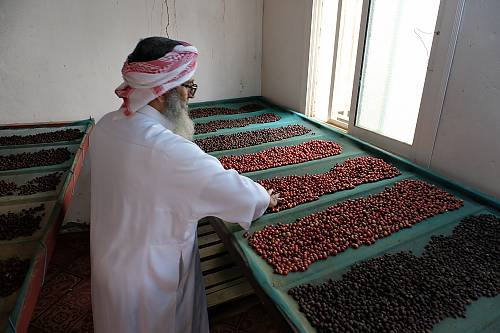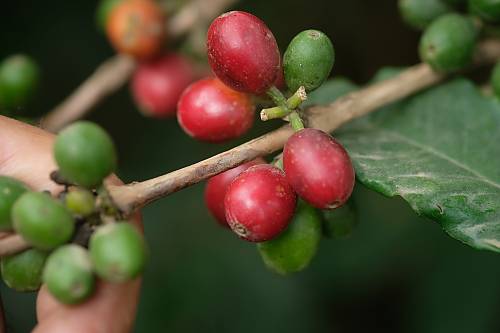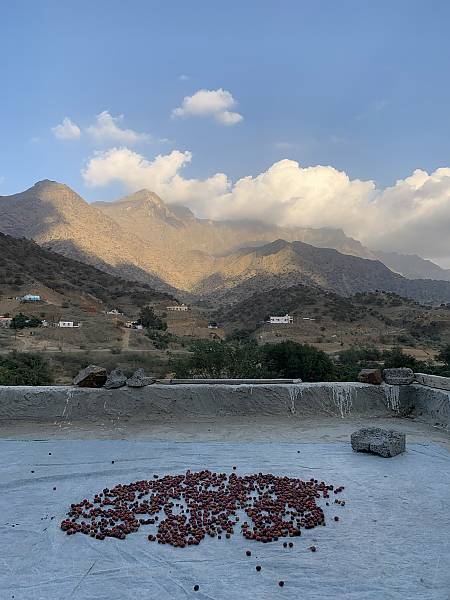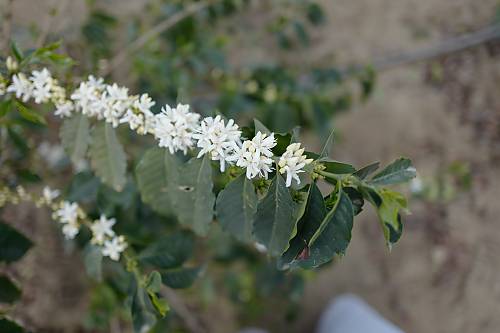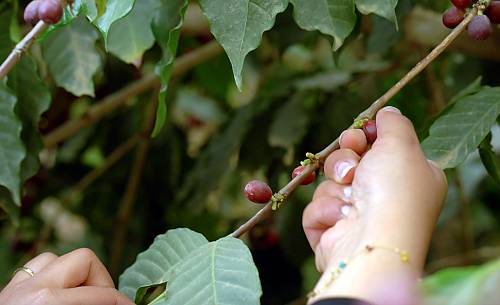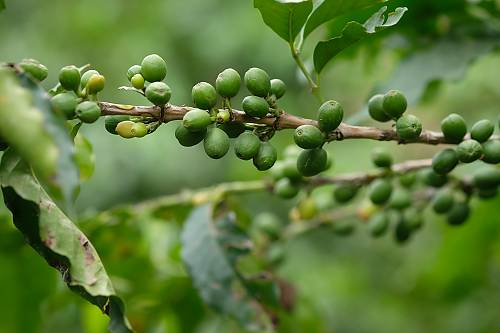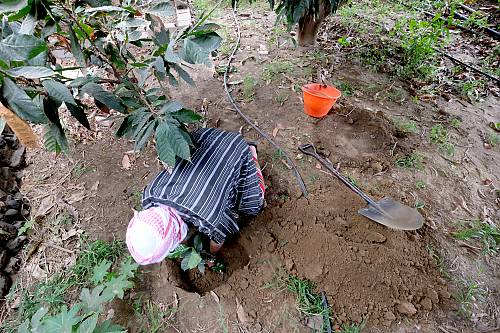Knowledge and practices related to cultivating Khawlani coffee beans
Inscribed in 2022 (17.COM) on the Representative List of the Intangible Cultural Heritage of Humanity

The cultivation of Khawlani coffee beans begins by planting the seeds in mesh bags filled with soil and stored in a shaded area for three to four months. They are then transferred to agricultural terraces that conserve water and soil. The fruit grows two to three years after planting. It is harvested by hand and laid out to dry. To extract the bean, the dried fruits are placed on a large, flat stone mill, and a cylindrical stone hulls them to prevent cracking, separating the bean from the outer shell. Khawlani tribes have been cultivating coffee beans for over 300 years, passing on the skills and techniques to younger generations. Coffee is viewed as a symbol of generosity in Saudi Arabia and serving guests the coffee beans harvested from one’s own farms is considered a sign of honour and respect. The planting and processing of Khawlani coffee beans encourage social cohesion and provide a sense of shared identity, with farmers gathering to exchange knowledge and help other farmers improve their skills.

